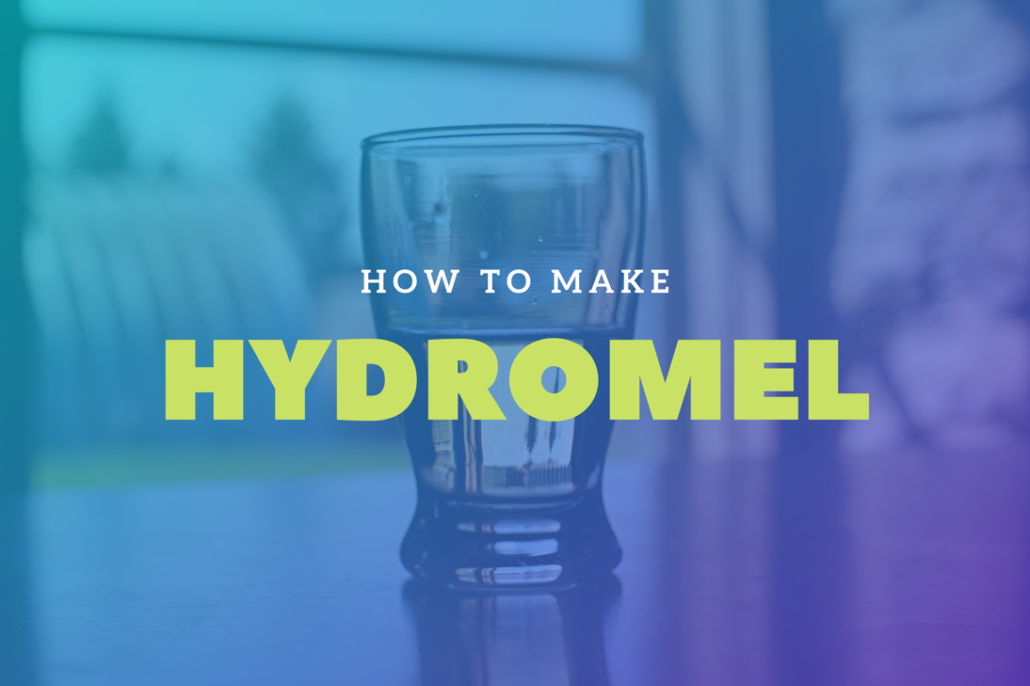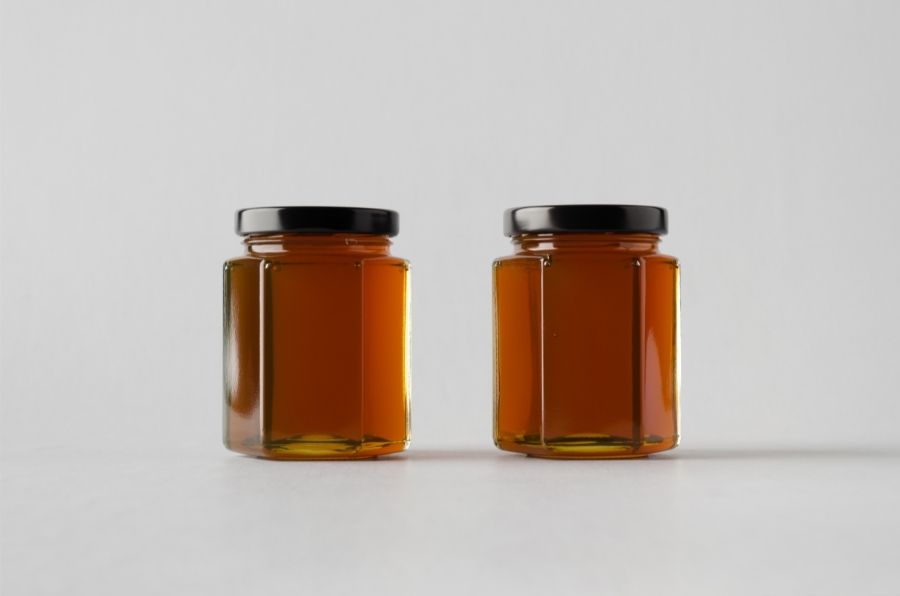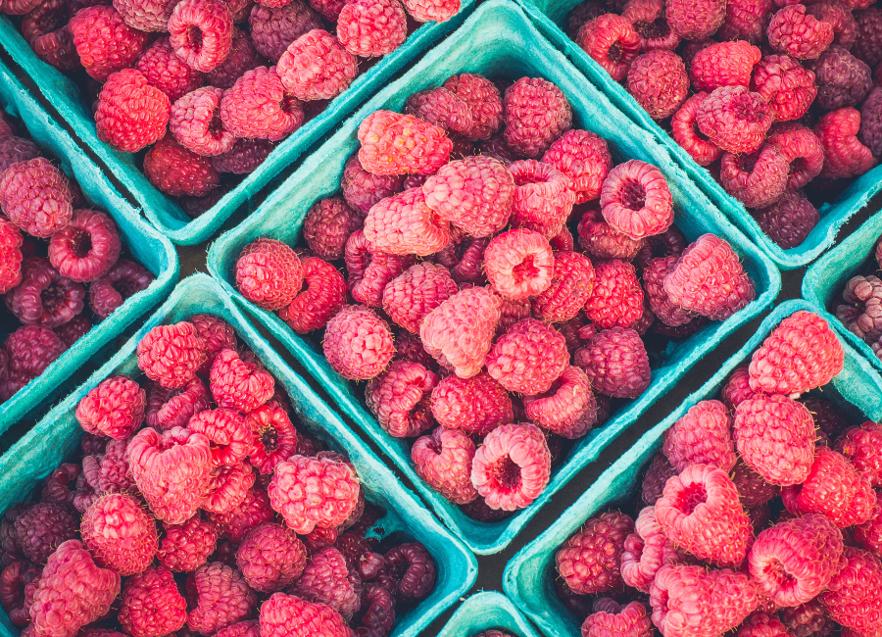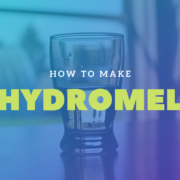Hydromel Recipe – How To Make A Plain Or Fruit Hydromel

Mead or honey wine comes in many forms and this article is about a special kind of mead called Hydromel. A drink like mead that is so simple and uses the simplest ingredients has so many variations and names and hydromel is one of my favourites.
In this article we are going to look at what exactly a hydromel is, how we can make our own and then all the thousands of possibilities for variation in this one specific type of mead.
Table of Contents
What Is Hydromel?
Mead is typically referred to as honey wine and this is reflected in the alcoholic strength with most meads coming in at around 12 – 15% ABV.
Hydromel on the other hand is a much more moderate strength that can range between 4 – 7% ABV. There is a term for hydromel as a “session mead” in the sense that you can have more than one of them compared to a traditional mead.
By using more water and less honey in a mead you reduce the amount of fermentable sugars and the resulting mead will be lower in alcohol.
The fact that hydromel is lower in alcohol and more akin to a beer or cider in strength it opens up all kinds of possibilities for making a thirst quenching, brightly flavoured and unique style of drink.
What Does Hydromel Taste Like?
There is a problem with reducing the amount of honey in a mead that would otherwise be around 12 – 14% ABV. The reduction in honey reduces the amount of flavour.
A strong sack mead will have 2 – 3 times more honey and maybe even some residual unfermented honey in the finished product that means you get a strong honey flavour in the finished product.
Hydromel on the other hand has less honey flavour and will typically completely ferment out leaving no residual sweetness. This lack of flavour is often counteracted by adding flavour in the form of fruit, spices or floral additions that layer flavour on top of the moderate honey flavour.
Another difference between some hydromel and sack mead examples is that hydromel is much more commonly carbonated. Mead tends to be still, although like wine you do get sparkling versions. Hydromel is most often carbonated which adds another dimension and a little bite of acidity.
Hydromel Ingredients

In its simplest form, you need very little to make hydromel, simple honey, water and yeast There is, however, a lot of possibilities to make something really unique and flavourful with just a few additions beyond this. Let’s take a look at some of the ingredients:
Honey
Making hydromel requires good honey. We are using less honey than a higher strength mead so the honey we do use needs to be flavourful. Varietal honey, like an orange blossom that has a distinct flavour, is worth investing in for making hydromel.
Ultimately it is up to you what honey you use and different varieties will lead to unique finished products.
Yeast
Unlike high ABV meads that require wine yeast, most ale yeasts are suitable for making hydromel as the alcohol tolerance of ale yeast is high enough for making hydromel. There is also a huge variety of ale yeast that will contribute its own unique character to the hydromel.
My favourite yeast for making hydromel is Kveik yeast and something I have started using quite a lot recently. Kveik is a Norweigan farmhouse yeast that ferments at higher temperature and requires less temperature control. It finishes quickly and makes brewing hydromel a real breeze.
Fruit

I thoroughly recommend adding fruit to any hydromel and the recipe below is for a berry hydromel. The idea of adding fruit is to build up flavour and body that honey alone can’t give at lower levels.
Fruit will add acidity, tannins, colour and flavour. Nearly all fruits go well with honey so really your imagination is the only bounds of what fruit to use in your hydromel.
Additives
To make a hydromel that really shines you will want to consider adding some common wine making additives. The main additives you will want to use for making hydromel are:
- Pectic Enzyme
- Yeast Nutrient
- Mixed Acid
- Tannin
Pectic Enzyme: If you are using fruit then you will need to add pectic enzyme which will help break down the fruit, releasing the juice and preventing pectin haze.
Yeast Nutrient: Honey and fruit alone don’t have nutrients in sufficient quantities to support healthy yeast, especially with ale yeast which need nutrients that would normally be found in malted barley. A small amount of yeast nutrient ensures complete fermentation and speed to get the hydromel fermented.
Mixed Acid: To give a bright and rounded flavour a small addition of acid may be necessary. Mixed acid is a blend of tartaric, citric and malic acids which are all found in fruit. If you are using acidic fruit you may not need to add much. The addition to an unfruited hydromel is highly recommended to make a nice crisp mead. Acid can alway be added after fermentation so I like to balance the acidity once I have sampled the mead.
Tannin: Another wine making additive is tannin. Tannin gives wine it’s astringent character and similarly in tea. It is an important addition to balance the wine and provide structure or mouthfeel. Tannins are found in fruit so this is another addition that can be made after fermentation to bring a balance to the finished hydromel.
Sweet Or Dry Hydromel?
A low ABV mead like hydromel will typically always end up with little to no residual sugar or sweetness. The yeast will consume all the fermentable sugars in the honey and you are left with a very dry finished drink.
Tannin and acid from the fruit or from additives will help bolster the body and flavour but sometimes adding sweetness after the fermentation is the only way to really fill out the flavour.
I like a very subtle background sweetness which accentuates the honey flavour as well as give the hydromel more mouthfeel.
I bottle my mead so stabilizing or pasteurising the hydromel is not an option as I would then not be able to bottle condition the mead to carbonate it. This means we need to use a non fermentable sweetener.
Which Sweetener?
From making both wine and mead I have tried a few different products to backsweeten.
Things like lactose and stevia don’t work well at all or distort the flavour too much. The best product I have found to is a sweetener called:
Erythritol
Erythritol is a sweetener available in most supermarkets so it’s very easy to come by. It’s inexpensive, tastes exactly like sugar and has very few calories.
Carbonate A Hydromel or Not?
I almost always carbonate my hydromel as it lifts all the flavours and seems to make it a lot more refreshing and crisp.
It is personal preference, of course, if you want to try a still hydromel then give it a go.
Hydromel Recipe With Berries 5% ABV
This recipe is for a berry hydromel but you can omit the fruit if you like. Most hydromels I make include fruit as the flavour of honey alone in a low ABV mead is a little too subtle.
If you want to add berries feel free to use whatever berries you like and combinations that suit. I find buying frozen fruit convenient and cheaper than fresh fruit. This recipe can be adapted for any fruit you like along the same sort of principles as the recipe below follows.
Equipment You’ll Need To Make Hydromel – Makes 10 Litres
- 12 -15 Litre Fermenting Bucket
- Fine Straining Bag (for fruit hydromel)
- Potato Masher (for fruit)
- Airlock
- Mixing Paddle/Spoon
- Hydrometer
Ingredients
- 1350g / 3lb Honey
- 1200g Mixed Berries or Berry of choice
- 1 – 2 tsp Acid Blend / Mixed Acid
- 1/4 tsp Tannin
- 1 tsp Pectolase
- 2 tsp Yeast Nutrient
- 1 sachet Kviek Yeast
For Back Sweetening (optional):
- 150g Erythritol Sweetener
Hydromel Method
In a sanitised fermentation bucket, set the straining bag (if you are making a berry hydromel) around the mouth of the bucket and then tip the fruit into the straining bag. Mash the fruit slightly just to break it up. Secure the top of the straining bag to prevent the fruit from escaping.
Heat up 4 litres of water to a boil and then add the boiling water to the fermenting bucket over the fruit. Add the honey and then stir to mix everything up ensuring no honey is sat on the bottom of the vessel.
Add enough cool water to bring to 10 litres and then stir in the pectolase, yeast nutrient, acid and tannin. Acid and tannin can also be added after fermentation to finely balance the flavour as fruit will have a certain amount of acid and tannin.
Take a hydrometer reading here if you wish. The amount of honey here will typically result in a 5% ABV hydromel. The sugar in the fruit will affect this marginally.
Check the temperature and make sure it is within the range for the yeast you are using. Kviek ferments happily at around 35 – 40°C / 95 – 105°F so it can be pitched into the hydromel warm. If you are using ale yeast, wait until the temperature cools to around 20°C before pitching. Sprinkle the yeast onto the surface and then cover the fermenter with a lid and airlock.
Leave the hydromel to ferment for around 7 days before removing the straining bag with the fruit. The fruit can be discarded. Recover the fermenter with the lid and airlock and allow the fermentation to completely finish and the debris in suspension to settle.
Once fermentation has finished or after around 2 weeks. Take a hydrometer reading to ensure fermentation has finished. If you wish you can sample and adjust the hydromel with additional tannin or acid but use very small amounts to ensure the mead is balanced, it doesn’t take a lot to have an affect.
After fermentation and conditioning you can bottle or keg the hydromel. I carbonate to around 2.4 volumes of CO2 which requires 65 grams of sugar for a 10 litre batch. If you are carbonating your mead then take a look at this priming sugar calculator to get a precise figure for your batch.
If you wish to back sweeten the hydromel to give a very subtle sweetness and fill out the flavour then use a non-fermentable sweetener. I use Erythritol which is available in most supermarkets. 15g of Erythritol per litre will provide a subtle background sweetness.
Bottle/keg and allow to carbonate for at least 3 weeks before sampling.




Leave a Reply
Want to join the discussion?Feel free to contribute!